Australian Wildlife Conservancy (AWC) has secured $179,211 in new federal funding to assist in a three-part Koala conservation project at Curramore and Mount Zero-Taravale Wildlife Sanctuaries in Queensland.
Tim White, AWC’s Chief Operations Officer, received the Australian Government’s Koala Conservation and Protection Grant during a press conference held by Senator Chisholm in Maleny, Queensland. This grant is part of $5 million awarded to local, community-led koala recovery projects in Queensland, NSW and the ACT.
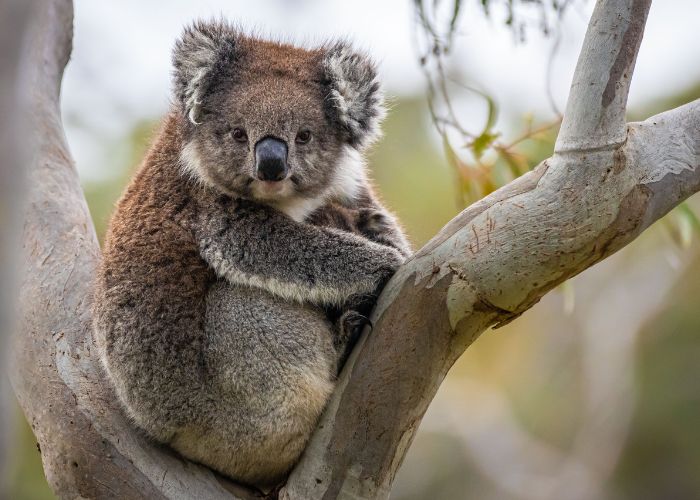
At Curramore Wildlife Sanctuary, which was identified as a Koala Priority Area by the Queensland Government in 2020, AWC will partner with community-led organisation Barung Landcare, to restore vital Koala habitat on five hectares of cleared land. Barung Landcare will supply native plant species identified as locally important Koala trees in south-east Queensland which will be planted by Barung and AWC staff with the help of volunteers.
AWC will also employ both thermal drone and bioacoustics technologies to monitor Koala populations at the 196 hectares Curramore Wildlife Sanctuary. This will establish data about the presence and abundance of Koalas while also providing an opportunity to compare the effectiveness of both technologies. Simultaneously, AWC will continue with the removal of lantana, an invasive and ecosystem damaging weed, from priority areas across the sanctuary. Over the last decade, AWC has removed more than 50% of lantana from Curramore, some thick and as high as 3-4 metres.

Further north, AWC will conduct larger-scale monitoring through bioacoustics monitoring to establish data about the presence and abundance of Koalas at Mount Zero-Taravale Wildlife Sanctuary northwest of Townsville in north Queensland. At over 59,000 hectares, the sanctuary protects an exceptional diversity of species and habitat. While targeted monitoring of Koalas has not been undertaken to date, occasional incidental sightings indicate a persisting population on the sanctuary.
AWC will share data from both sanctuaries with interested groups, landholders, the National Koala Monitoring Program and the Queensland government’s publicly available WildNet database.
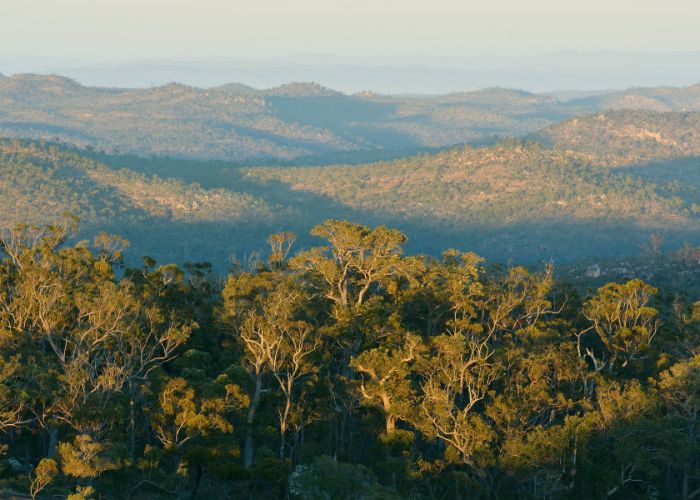 Wayne Lawler/AWC
Wayne Lawler/AWC
Tim White, AWC Chief Operations Officer, welcomed the grant, saying it will help improve habitat, data and knowledge on Koala populations at both sanctuaries.
“Habitat loss and fragmentation are key threats to Koalas,” Tim said. “With funds from this grant, we will be able to carry out critical revegetation and weed removal to improve the extent and quality of available habitat for Koalas at Curramore. Long term, this will improve connectivity of regional Koala habitat facilitating increased movement.”
“Monitoring at Mount Zero will contribute valuable data and knowledge about Koala populations at one of the northernmost points of their range. AWC will use this data to prepare a map of distribution, habitat preference and estimated population density for the sanctuary.”
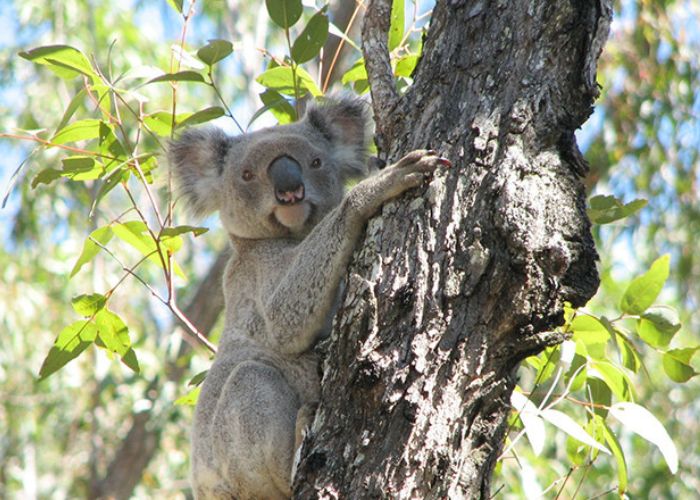 AWC
AWC
Minister for the Environment and Water the Hon Tanya Plibersek said the Australian Government is ensuring that our kids and grandkids will still be able to see koalas in the wild.
“No-one wants to imagine an Australia without the koalas,” she said. “Communities across Australia play a crucial role in protecting and conserving this beloved animal. This funding is about supporting local groups to do what they do best – getting communities involved in protecting this iconic species.”
“That’s why the Australian Government is investing a total of $5 million on local koala recovery projects, and a total of $76 million in our Saving Koalas Fund. I am committed to achieving our target of zero new extinctions in Australia – and of course this includes the koala.”
Federal Senator the Hon Anthony Chisholm added that Koalas are important to the local community.
“These projects will plant thousands of koala habitat trees and remove invasive weeds like lantana that prevent koalas moving from one tree to another,” he said. “I’m delighted these projects will support our local koalas to survive and thrive.”
To learn more about the grant and the Australian Government’s Koala conservation projects, click here.
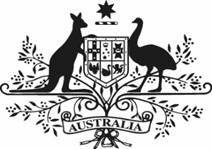
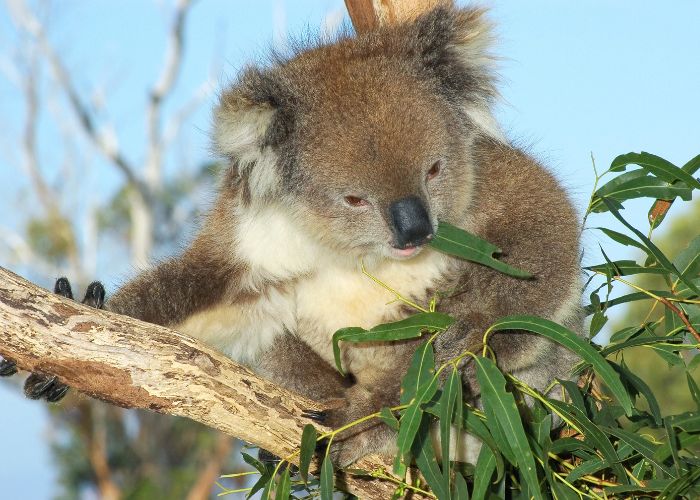 Wayne Lawler/AWC
Wayne Lawler/AWC
In December 2021, the Australian Government’s Threatened Species Scientific Committee downgraded Koalas from vulnerable to endangered in Queensland, NSW and the ACT. This followed a drop in Koala populations – in NSW numbers have declined by 33%-61% since 2001. A parliamentary inquiry in 2020 warned that the species might become extinct before 2050 without intervention.
The biggest threats to Koalas include drought, fires, deforestation and chlamydia.
In addition to Curramore and Mount Zero-Taravale Wildlife Sanctuaries, AWC entered a new agreement in November 2022 to establish, protect and preserve Gorton Forest Sanctuary, 4,000 hectares of forest and Koala habitat in the NSW Hunter region.
Support Australian Wildlife Conservancy's science-led conservation work and safeguard the future of Australia's native species
Donate Now